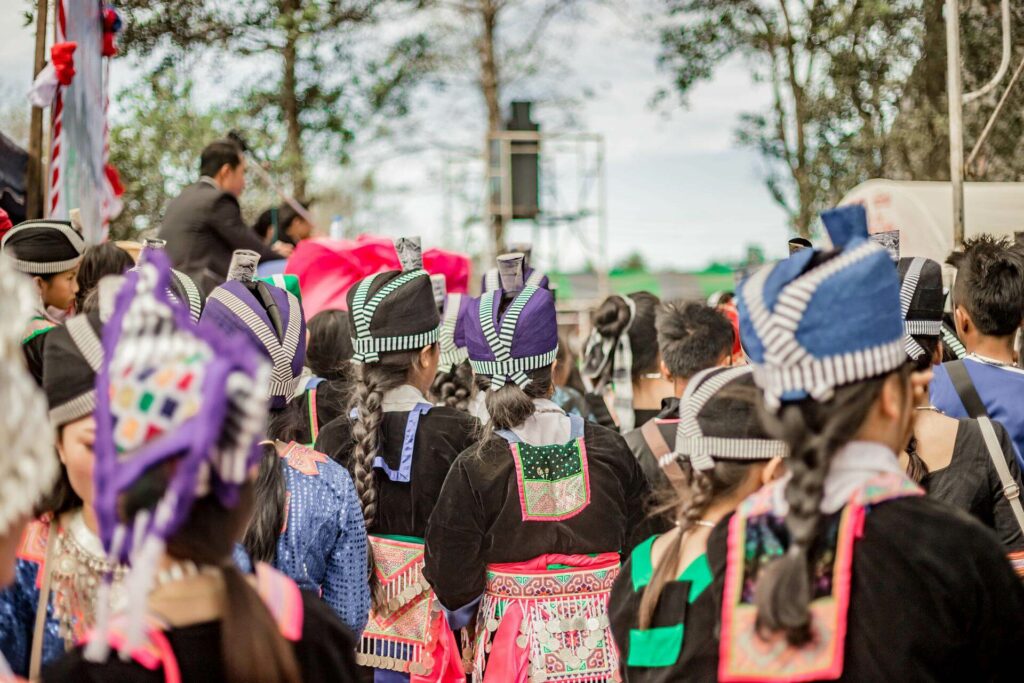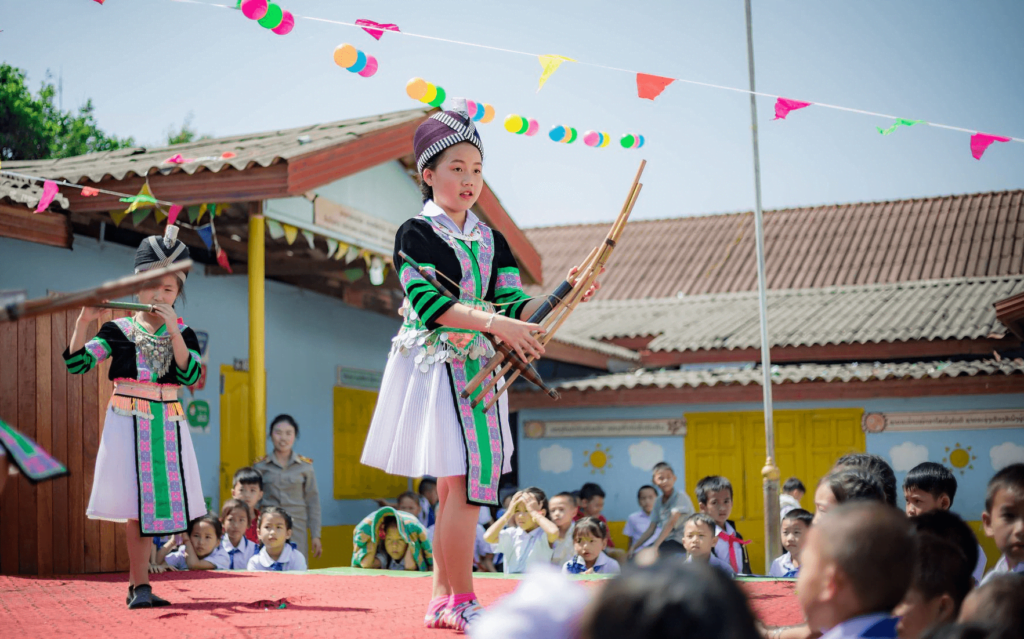
Demystifying the Hmong Bride Price
Alright, there’s just been too much Facebook chatter about this topic that I’m going to have to chime in. This is a confusing and problematic topic for our generation, given that it’s something so beyond our experience that we cannot comprehend it. Some women feel the bride price is sexist, while others feel it is a measure of their worth and they would feel insulted if their bride price isn’t high. Some men think it’s unfair that they have to pay, while others think it is a part of our culture and we should preserve it at costs. To really get an understanding of this issue, we have to see it for what it is, especially where it originated, rather than make assumptions based on our perspective as Hmong Americans.
1. The bride price came from the mountains of Laos which is completely different place than the cities of America
Before you go on your rant, understand that where the bride prices originated; in the mountains of Laos where there was no such thing as a 21st century economy with currency, markets, and consumer goods. In most villages, folks simply farmed to survive. They found mountain land nobody wanted, burned the jungle down, farmed as they could, and when the soil went bad they moved on. There was no such thing as currency as we know it today and even if there was currency, you couldn’t really buy anything except maybe salt from the Lao village down in the valley every couple of months. Often, the money exchanged would be bars of silver, or some other form of “symbolic” wealth that could not be immediately spent on a motorcycle or a tractor. I cannot express enough that we need to understand this perspective before we talk about bride prices, because if we talk about bride prices from the 21st century American point of view, it looks like either slavery or blackmail, which it wasn’t meant to be when it first started. So if the cost of the bride price was not for the direct financial benefit of the family, then what was it for?
2. The bride price as well as the marriage ceremony was a practical Hmong institution that solidified the relationships between clans to ensure the well-being of families
Let’s go back to the mountains of Laos where there are no cars, no motorcycles, and villages were dispersed throughout mountainous jungles. There is no government, there is no economy, no jobs, no education system, no anything except families that survived by farming. In this place, if your daughter got married, there would be an enormous impact on your family’s labor and resources. A daughter who had spent her whole life as an extra hand in the fields, an extra person to tend the sick, an extra babysitter, an extra cook, etc. is now going to have to leave to go to another family. If she your only child, all the worse. And if she married someone only 20 or 30 miles away, she may never be able to make the trek back to help or even see you ever again.
I don’t know if any of us could imagine what it’s like to live in a place and time where the only thing we could depend on was our family members. But that is what their situation was like back then and marriages literally meant to lose a person that your survival depended upon. There had to be a formal process to ensure that the bride would be valued, cared for, and protected as she left your protection and that the bride’s family would be supported through the marriage. Additionally the bride price was meant to be so expensive that the groom would have to ask his whole clan to chip in to pay for the marriage. This was to get everyone in that clan to invest in that marriage, and also to be able to hold him accountable should he mistreat her. So the bride price and marriage dealt with all that, as well as the problems within the two clans that would have to be resolved through negotiations in order for the marriage to take place.
Remember, this is in a place and time where if a family struggles because one spouse gets sick and they don’t have their clans to help them, they may starve to death. Making sure that both clans see the marriage as something they’re both willing to invest in and support was very important. For this reason, the marriage ceremony is one of the foundations of our culture in Laos, because it meant so much to everyone. This is why Hmong marriages don’t pay any attention to the married couple and instead emphasize the clans trying to solve old grudges through the marriage process.
3. So what’s the value of the bride price and even Hmong marriages today?
We live in a place and time where bride prices and marriages are simply not that important anymore. We have modern institutions like healthcare and the government to look after us. We have conveniences like cars and planes and phones so we can always be in touch and be able to help one another. The bride price itself is so small that most grooms can make the money for a bride price in a few months and not even require any help from his family at all. After marriage, married daughters can still go visit and help their families out, and even bring their husbands along. When marriage problems arise, couples often need counseling and support from outside their clans to fix their issues. So all the reasons for the bride price and Hmong marriage system don’t really amount to much anymore. Why we still do it, I don’t really know.
In America, marriage is considered an act of love. That’s why everyone comes around and instead of negotiating family politics and prices, they celebrate a couple that has committed themselves to each other for life. We congratulate them and wish them well, knowing how hard being married for life can be. I’m not sure what we should do with our cultural practices and traditions, but I do think we should carry it with that same value and intention. Let’s surround the married couples with our love and support and leave all the politics behind. After all, we are all one family anyway.









Responses